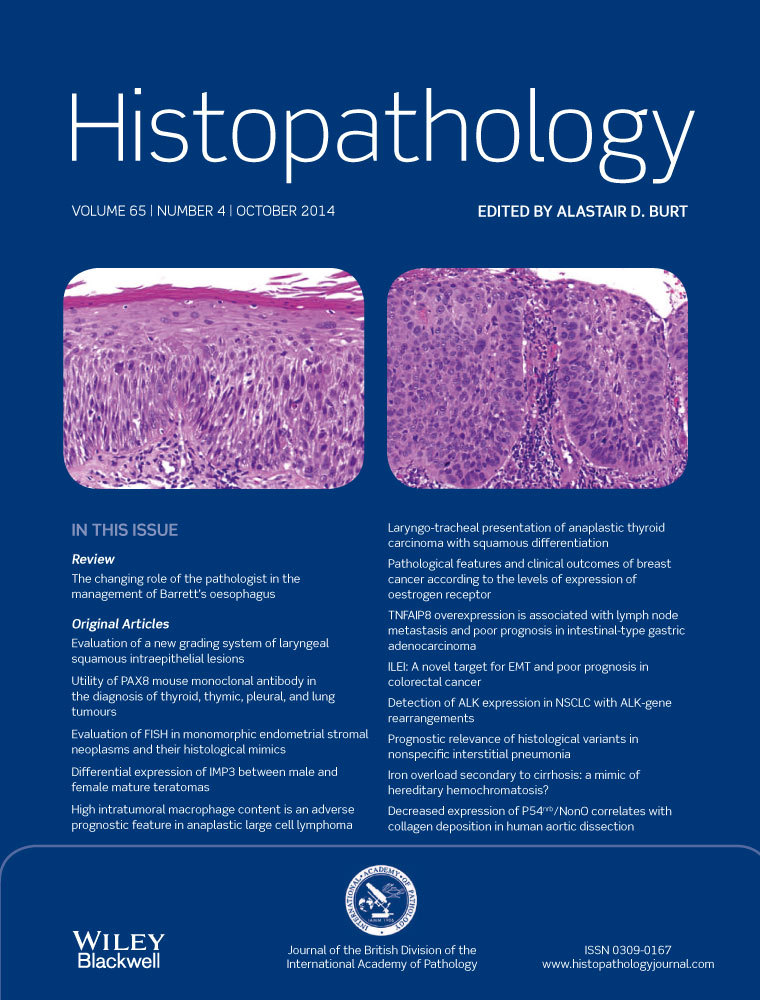Detection of ALK expression in non-small-cell lung cancer with ALK gene rearrangements – comparison of multiple immunohistochemical methods
Abstract
Aim
Testing for ALK rearrangements in advanced, non-squamous non-small-cell lung cancers that are wild-type for activating EGFR mutation has become standard care. Fluorescence in-situ hybridization is considered the gold standard for this evaluation. Pre-screening with immunohistochemistry has been suggested, to reduce testing costs and to make testing more widely available. By analysing the sensitivity and specificity of different ALK immunohistochemical assays, we aimed to identify the most reliable assay to detect ALK rearrangement.
Methods and results
ALK screening performed by FISH analysis was compared with three different immunohistochemical assays, in which two ALK antibody clones (5A4 and D5F3) were used on two detection platforms (Dako AutostainerLink 48 and Ventana Benchmark GX). Data from 30 ALK FISH-positive cases show that the sensitivity of the immunohistochemical assays varies from 93.3% to 96.6%. Head-to-head comparison of the 5A4 and D5F3 ALK antibody clones demonstrates similar staining potency. In general, homogeneous, intermediate to strong staining of the ALK-positive samples was obtained.
Conclusions
ALK immunohistochemistry can be considered as a pre-screen method if one accepts a sensitivity of 93.3–96.6%. Because ALK immunohistochemical staining needs to be performed close to the detection limit of the assay, vigilant quality control monitoring is required to guarantee trustworthy results.




